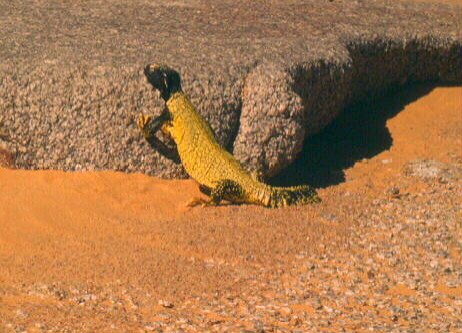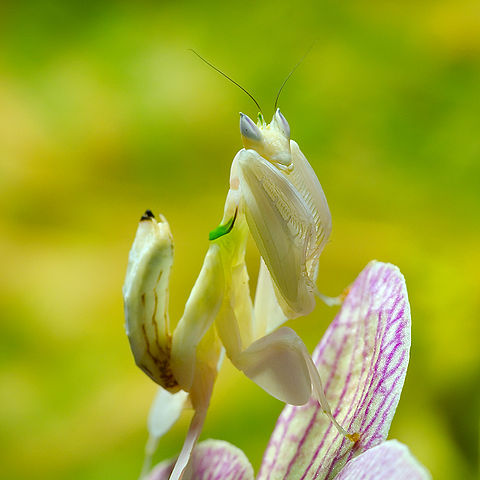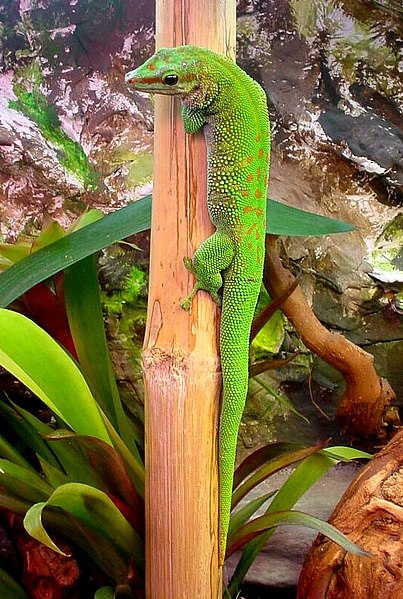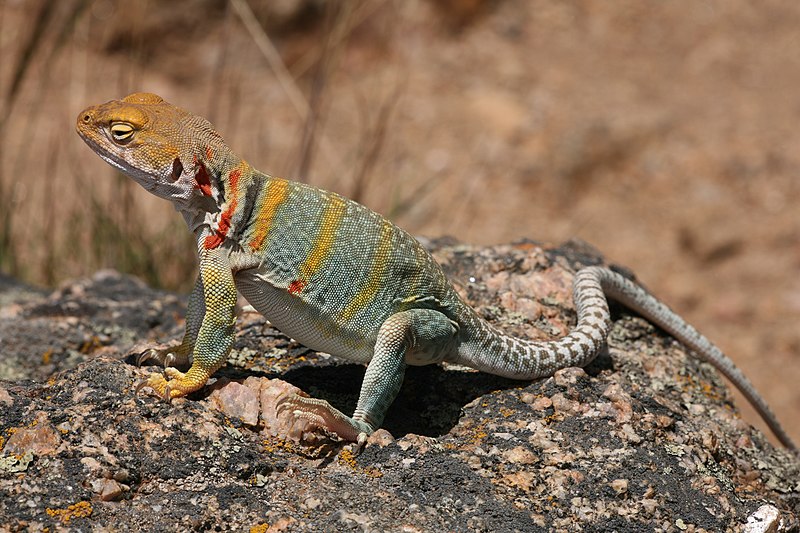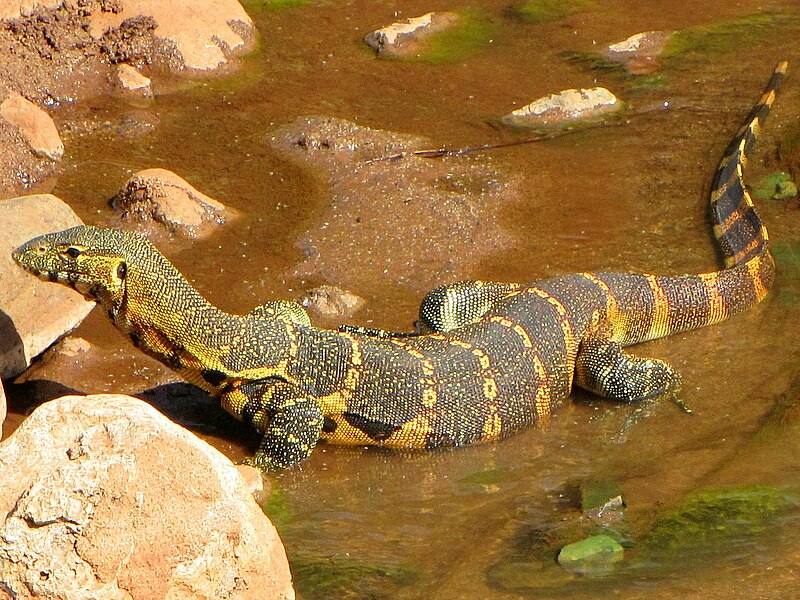Bulldog-like faces, calm dispositions, and fascinating behaviors – not to mention the stunning colors of many species – place Uromastyx Lizards high on the “must have” lists of serious lizard fans and zoos alike. Also known as Dab Lizards or Spiny-Tailed Mastiguerres, North African and Egyptian Uromastyx Lizards (Uromastyx acanthinura and U. aegypticus) first arrived on the US pet scene in the early 1990’s. I’d had some prior experience with these and several others through my work with the Bronx Zoo, but our ability to successfully keep and breed them was limited. Today we have learned much about their unique nutritional requirements, and several of the 15 described species are regularly bred by hobbyists. The following information regarding the best diet for Uromastyx may be applied to Egyptian, Indian, Ornate, Sudanese, Mali, Moroccan and most other varieties; please post below for detailed advice on individual species.
Don’t “Kill them with Kindness”!
Uromastyx Lizards dwell in harsh habitats, and have evolved to consume a diet that is high in fiber and relatively low in nutrients. In the wild, they feed mainly upon tough grasses and herbaceous plants. A diet that is too rich (i.e. high in fruit or insects) can kill them as quickly as will one lacking essential nutrients. As I’ve learned from caring for animals as diverse as giant anteaters and proboscis monkeys, one must feed specialists carefully…they will not thrive on a diet that might be perfect for closely-related species from different habitats. Read More »
 That Reptile Blog – Reptile, Amphibian and Exotic Pet Care and Information
That Reptile Blog – Reptile, Amphibian and Exotic Pet Care and Information

